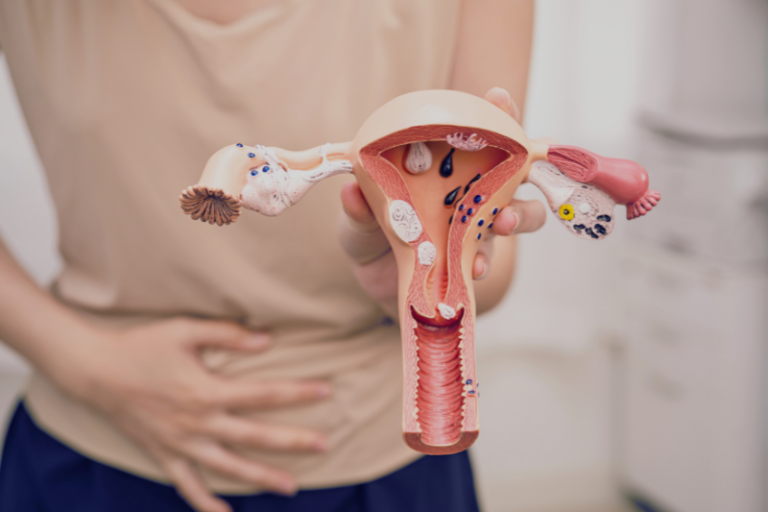
In the journey of womanhood, our bodies go through profound changes. For many Asian women, cultural silence often surrounds topics like vaginal health, menopause, and sexual well-being. It’s time to change that narrative. This guide addresses common yet rarely discussed concerns—from vaginal dryness and painful periods to low libido during menopause—with a focus on holistic, empowering solutions you can incorporate into your daily life.
Understanding Common Feminine Health Concerns
Several conditions significantly impact the quality of life for women, and awareness is the first step toward management.
Vaginal Dryness: Often a result of hormonal fluctuations, particularly during perimenopause and menopause, this condition can cause discomfort, itching, and pain during intimacy. It’s not just a menopausal issue; stress, certain medications, and even lifestyle can be contributors.
Menstrual Pain (Dysmenorrhea): Many Asian women experience severe menstrual cramps, which can be debilitating. In some cases, this can be a symptom of underlying conditions like uterine fibroids or endometriosis, which have a higher prevalence in Asian populations and require medical attention.
Low Libido in Menopause: The natural decline in estrogen during menopause doesn’t just cause physical symptoms like dryness; it can also lead to a decreased sex drive. This, combined with cultural taboos, can affect self-esteem and relationships.
Higher Risk Conditions: It’s crucial to be vigilant about health screenings. Women of Asian descent may have a higher genetic predisposition for conditions like Osteoporosis, leading to fragile bones post-menopause, and certain reproductive cancers.
Your Daily Care Toolkit: Nurture from Within
A consistent daily routine forms the foundation of feminine wellness.
Nutrition as Medicine: Embrace an anti-inflammatory diet rich in Phytoestrogens. Foods like soy (tofu, tempeh), flaxseeds, and sesame seeds can gently mimic estrogen in the body, helping to alleviate menopausal symptoms and support vaginal tissue health. Don’t forget calcium and Vitamin D for bone strength.
Hydration is Key: Drinking plenty of water is essential for maintaining natural mucosal moisture throughout the body, including the vaginal walls.
Gentle, pH-Balanced Hygiene: Avoid harsh soaps and douches. The vagina is self-cleaning. Use lukewarm water and a mild, pH-balanced intimate wash for the external vulvar area only to prevent irritation and dryness.
Open Communication with Healthcare Providers: Break the cultural stigma. Schedule regular check-ups and be open with your gynecologist about all your symptoms, no matter how embarrassing they may seem. Early diagnosis is powerful. diagnosis is powerful.
The Healing Power of Massage and Self-Acupressure
Traditional Chinese Medicine therapy has long recognized the connection between energy flow (Qi) and health. Incorporating self-massage and acupressure can be a transformative practice.
How it helps:
Improves Circulation: Massage increases blood flow to the pelvic region, which can help nourish tissues, alleviate vaginal dryness, and enhance sexual response.
Reduces Stress & Balances Hormones: Chronic stress elevates cortisol, which can disrupt hormonal balance. Calming massage techniques lower cortisol levels, promoting a better hormonal environment.
Relieves Pain: Targeted acupressure can release tension and blockages, significantly reducing menstrual cramp severity.
Simple Self-Massage Techniques to Try at Home
Always perform these techniques in a relaxed state with clean, warm hands. Use a natural oil like coconut or jojoba.
The Lower Abdomen (The Guanyuan Point / 关元穴)
Location: About three finger-widths below your navel.
Technique: Lie down and apply gentle, clockwise pressure with your palm or fingertips. Breathe deeply.
Benefits: Known in TCM to strengthen reproductive health, regulate menstruation, and alleviate fatigue.
The Inner Ankle (The Sanyinjiao Point / 三阴交)
Location: Four finger-widths above your inner ankle bone, along the edge of the shin bone.
Technique: Use your thumb to apply firm but comfortable pressure in a circular motion for 1-2 minutes on each leg.
Benefits: This is a powerhouse point for all gynecological issues. It’s believed to help with menstrual pain, hormonal balance, and menopausal symptoms like low libido and hot flashes.
The Lower Back (Sacral Massage):
Location: The bony, triangular part at the base of your spine.
Technique: Make gentle fists and use your knuckles to make circular motions on your lower back, over your clothing.
Benefits: Excellent for relieving lower back pain associated with menstruation and improving pelvic circulation.
A Final Word of Empowerment
Your feminine health is a vital part of your overall well-being, deserving of attention and care. By combining modern medical understanding with traditional self-care practices like mindful nutrition and therapeutic massage, you can navigate the challenges of vaginal dryness, menstrual pain, and menopause with greater comfort and confidence.
Disclaimer: This article is for informational purposes only and is not intended to be a substitute for professional medical advice. Always consult with a qualified healthcare provider for any health concerns before beginning any new treatment or therapy.
